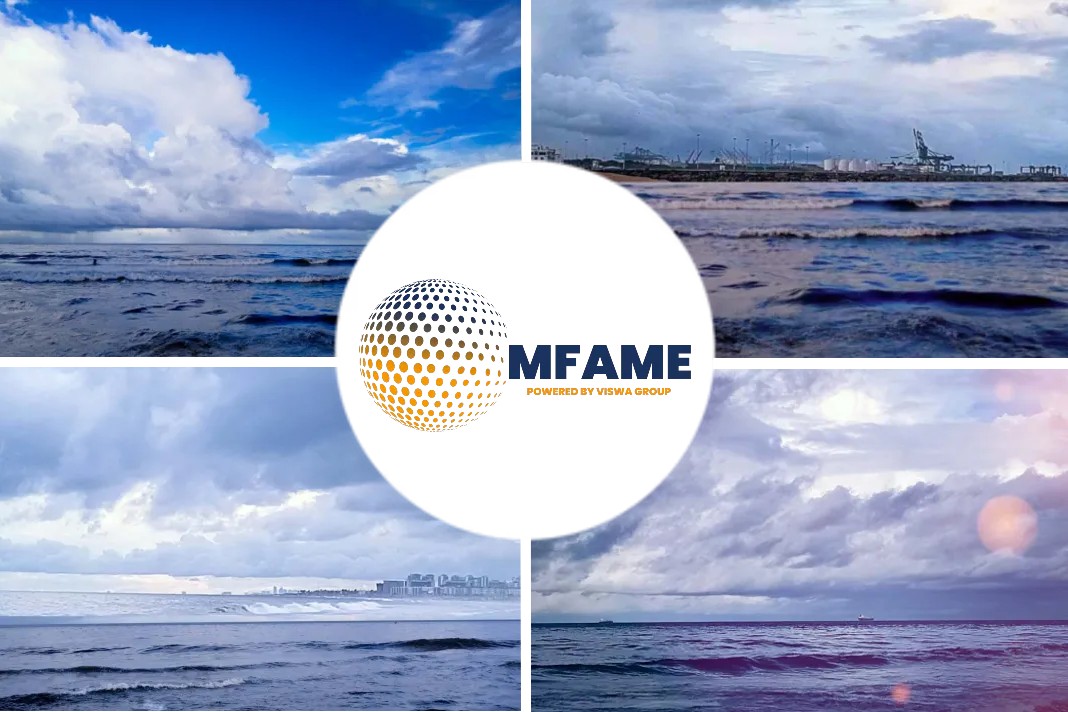
LNG is a cleaner-burning fuel compared to traditional marine fuels such as heavy fuel oil. It produces lower emissions of sulfur oxides (SOx), nitrogen oxides (NOx) and particulate matter. Additionally, LNG can significantly reduce carbon dioxide (CO2) emissions compared to conventional fuels when used in combination with advanced engine technologies.
LNG Purchase Agreement
Shipper ZIM, as a maritime company, may have expressed interest or made plans to use LNG as a transitional fuel in its fleet. Transitioning to LNG can help shipping companies meet current and upcoming environmental regulations, such as the International Maritime Organization’s (IMO) sulfur cap regulations and the goal to reduce greenhouse gas emissions. In 2022, ZIM signed a 10-year marine LNG purchase agreement with Shell. Last week, the International Maritime Organisation (IMO) adopted a revised GHG emissions strategy. IMO members agreed to reduce GHG emissions by at least 20pc and preferably 30pc, by 2030.ZIM is aiming for net zero emissions by 2050.
Cost Effective
The company did not quantify its 2022 marine fuel consumption. The company burned 1.33mn metric tonnes (t) of residual fuel oil and 115,251t of marine gasoil. It’s worth noting that the adoption of LNG as a transitional fuel requires significant investments in infrastructure, including LNG bunkering facilities and specialized vessels. The availability of LNG infrastructure and the cost-effectiveness of LNG compared to other low-carbon alternatives will play a crucial role in determining its widespread adoption in the shipping industry.
Did you subscribe to our daily Newsletter?
It’s Free! Click here to Subscribe
Source: Argusmedia















